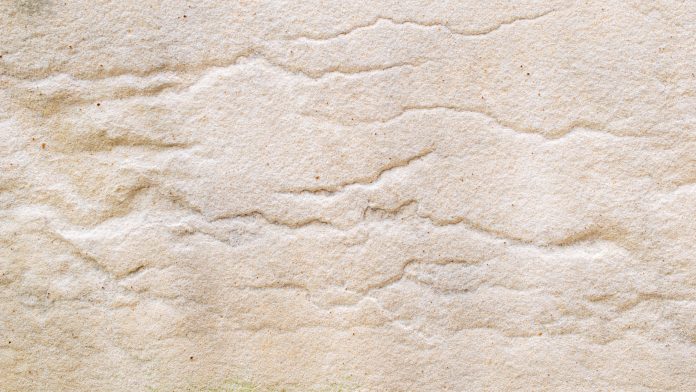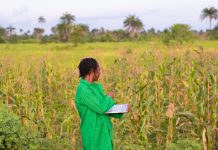Through deep analysis, Oxford researchers have extracted ancient plant DNA remnants from a 2,900-year-old clay brick helping the team investigate ancient vegetation
This discovery provides an extraordinary window into the past. The brick, hailing from the ancient city of Kalhu in Iraq, composed of mud and mixed with organic materials, holds within it a “time capsule” of the region’s flora.
This is a massive development in understanding biology and genetics.
Traces of history: Ancient plant DNA preserved in clay
The study delved deeper, uncovering relics of various plant families like cabbage, heather, and birch. This genetic snapshot offers valuable insights into the botanical tapestry that once adorned the landscape.
What sets this finding apart is that the brick, dating back to 879-869 BCE, was never subjected to the intense heat of a kiln. Instead, it naturally air-dried, inadvertently preserving the genetic material within the clay.
Exploring archaeological secrets by harnessing DNA
Dr. Sophie Lund Rasmussen from the University of Oxford’s Department of Biology lauds this breakthrough. She envisions its potential application across diverse archaeological sites globally, underlining the prevalence of clay materials in unearthing history.
The DNA story in ancient clay brick is a testament to the innovative strides in research, illuminating our understanding of bygone eras and their mysteries.
Our understanding of ancient ecosystems deepens
In the annals of scientific exploration, the revelation of ancient plant DNA is a remarkable chapter. This discovery deepens our comprehension of ancient ecosystems and showcases the power of unconventional archives in reconstructing history.
We understand the flora that once flourished by unlocking genetic fragments from a brick. Beyond the immediate insights, this breakthrough underscores the potential of similar revelations awaiting across the globe as scholars harness this method to breathe life into fragments of the past, shaping a more vibrant narrative of our shared heritage.
Editor's Recommended Articles
-
Must Read >> UK’s £95 million climate programme in Nigeria
-
Must Read >> A future flood resilient built environment














